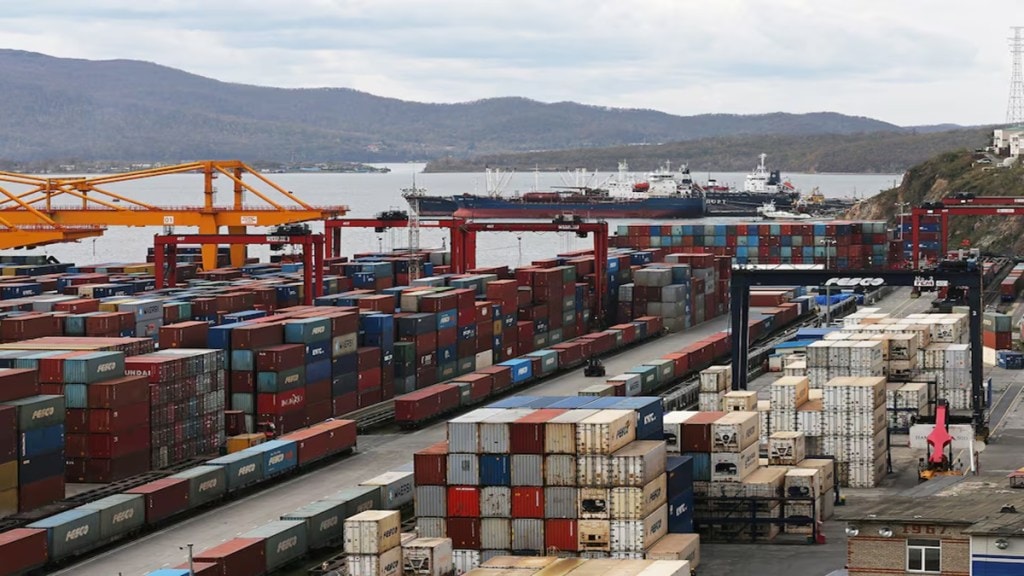As India and the US enter the last few weeks of the autumn deadline for the first tranche of the Bilateral Trade Agreement (BTA), both sides have signalled that a deal is around the corner that might see tariffs on India come down to 10-15%.
The drop in additional tariffs from 50% to 10-15% was indicated by Chief Economic Adviser V Anantha Nageswaran in September, who had said his intuition says penal tariffs would not exist beyond November 30.
Demands from the US relate more with non-tariff and trade issues, while India is seeking that its 50% duties— 25% reciprocal and 25% penal for buying Russian oil—be brought down to levels that other close US allies and partners have got.
The US wants India to shut down or considerably reduce oil purchases from Russia.
The US also wants India to open up markets for American farm and industrial products and also commit to buy more energy and defence products.
Beyond trade, the US is expected to ask for concessions for its technology companies, such as unrestricted cross-border data flow, and relaxed e-commerce and intellectual property (IP) rules, as per Global Trade Research Initiative (GTRI).
The US sanctions on Russian oil companies Rosneft and Lukoil, which together account for 57% of Russia’s crude output, has made imports of Russian crude untenable. The order warned that any company trading with them could face secondary sanctions.
The secondary sanctions extend far beyond trade restrictions. They can block access to the SWIFT payment system, freeze dollar transactions, and even cut digital services critical to refineries, ports, and banks. Indian refiners and ports have already begun to reduce exposure: Reliance is scaling back Russian crude purchases, and Adani Ports has banned ships linked to sanctioned entities, affecting deliveries to IOC and HPCL-Mittal.
“A near-total halt by late November is now likely—driven by practical necessity rather than diplomatic choice,” as per a report by GTRI founder Ajay Srivastava. Once purchases from sanctioned companies stop, India should demand that Washington remove the 25% Russian oil tariff, he said.
When talks resume, India should target parity with major partners such as the European Union, seeking average industrial tariffs of around 15% and duty-free access for select export sectors, including textiles, gems and jewellery, and pharmaceuticals. India must also preserve its freedom to regulate the digital economy, he said.
Another change in India’s stance required for getting a trade deal with the US that is being talked about is approval for imports of genetically modified (GM) corn and soybean. India does not allow GM crops for food, but there is talk that India might use genetically modified corn for making ethanol to blend with petroleum fuels. Soybean from the US can be used for preparing animal feed and not for human consumption. India is anyway increasingly moving to corn for increasing ethanol output.
“If imports of GM corn are permitted for ethanol production, India must enforce strict segregation: separate processing facilities, storage, and logistics to avoid mixing with non-GM varieties. Such steps are essential to protect farm incomes, seed diversity, and export credibility in non-GM markets,” GTRI said.
India’s approach to US engagement from here on must be sequenced, not rushed. GTRI has emphasised a three-step plan—secure energy first, restore fair tariffs next, and negotiate trade on balanced terms—as the most effective way to safeguard national interests amid volatile geopolitics.


